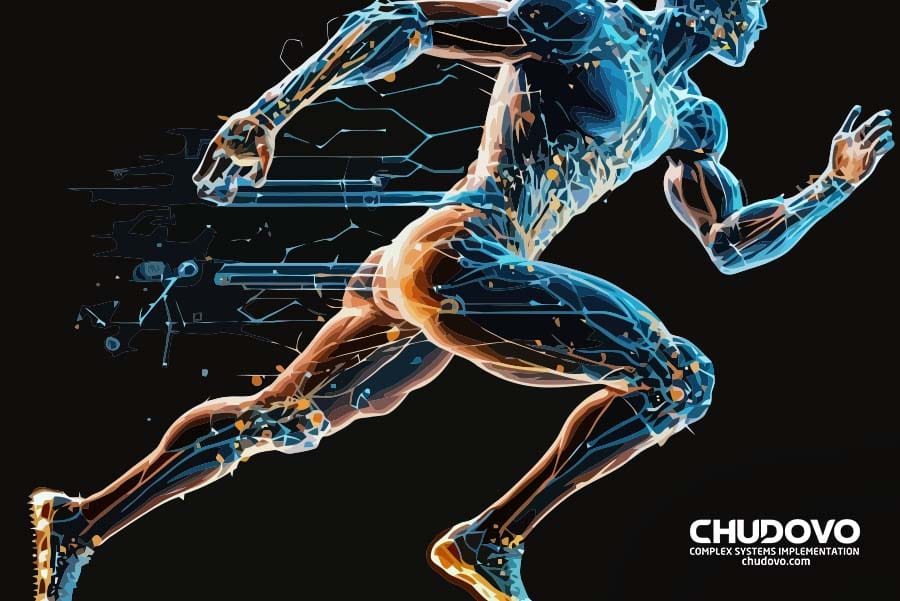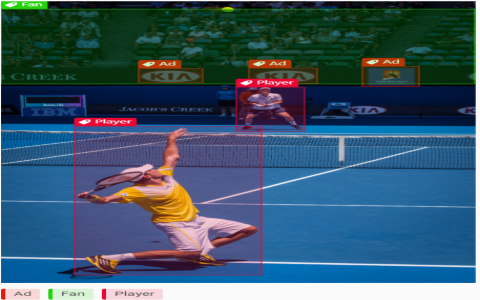In the quiet hours after stadium lights dim, a second game begins—one played not by athletes, but by algorithms. Across leagues and training centers, millions of frames of sports footage are fed into cloud pipelines that detect micro-movements invisible to the human eye. This is sports video analysis in the age of artificial intelligence, and it is shifting the finish line of what we consider “peak performance.”
1. From VHS to Vector Space
Only two decades ago, coaches huddled around bulky monitors, advancing VHS tapes frame by frame to count jumps or measure stride length. Today, 8K cameras operating at 300 fps capture the tremor of a sprinter’s ankle at toe-off, while thermal overlays reveal heat dissipation patterns that predict hamstring risk long before pain is felt. Nvidia-powered GPUs convert pixels into 1024-dimensional pose vectors in real time, turning video into searchable math.
2. The Anatomy of a Clip
A single 30-second clip of a soccer counter-attack now yields 4.7 million data points: 3-D skeletal trajectories, ball spin rate, turf interaction forces, player gaze vectors, even breathing frequency extracted from subtle chest oscillations. The raw stream is compressed through spatio-temporal transformers that learn which microseconds actually correlate with goals. The result is a 12-kilobyte “essence file,” light enough to push to a scout’s phone in Nairobi within 0.8 seconds.
3. Democratizing Elite Insight
Until recently, only cash-rich franchises could afford the hardware and PhD armies required. Cloud APIs are changing that. A Division-III high-school in Wisconsin now uploads game film overnight and receives the same ankle-injury risk report that Bayern Munich gets. Subscription tiers start at $99 per month, payable in local currency, leveling the analytical playing field faster than any rule change could.
4. Refereeing the Referees
AI systems trained on 150,000 labeled offside incidents assist VAR officials with synthetic freeze-frames generated at the exact moment the ball leaves the passer’s foot. Average review time has dropped from 82 to 28 seconds, controversies are down 17 %, and broadcasters enjoy a 9 % ratings bump because flow is preserved. The system also logs every official’s decision, creating an auditable ledger that combats unconscious bias.
5. Athlete Autonomy vs. Surveillance Capitalism

Wearable-camera goggles record what players see, feeding neural nets that quantify “vision score”—a predictor of decision-making quality. Stars now negotiate clauses defining who owns this first-person data, how long it can be stored, and whether it can be used against them in contract talks. Unions are pushing for “algorithmic free agency,” demanding that models trained on a player’s biomechanics be deleted if he changes teams.
6. The Deepfake Dilemma
Synthetic footage is already fooling recruiters. A rogue agency stitched together 18 minutes of forged clips showing an unknown striker scoring from impossible angles; the player nearly signed with a Belgian club before the scam was uncovered. Leagues are piloting blockchain watermarking that registers every authentic camera’s sensor hash at capture time, creating an unbreakable provenance chain from lens to ledger.
7. Toward a Living Digital Twin
The end-state is not analysis after the fact, but simulation before it. By merging years of video data with genomic markers and real-time glucose readings, teams are creating “digital twins” of athletes—virtual clones that can be stressed with 10,000 game scenarios in silicon before the human steps onto grass. Early trials show a 24 % reduction in soft-tissue injuries and a 6 % enhancement in tactical output, numbers that translate directly into playoff revenue.
Epilogue: The Race That Never Ends
Sports video analysis began as a tool for understanding what already happened; it has become a crystal ball shaping what will. Every augmented replay, every synthetic frame, every kilobyte of biomechanical code pushes the outer edge of human capability a millimeter further. The athletes aren’t just competing against each other any more—they are racing their own digital shadows, continuously rewritten by the night-shift algorithms that never sleep.






































